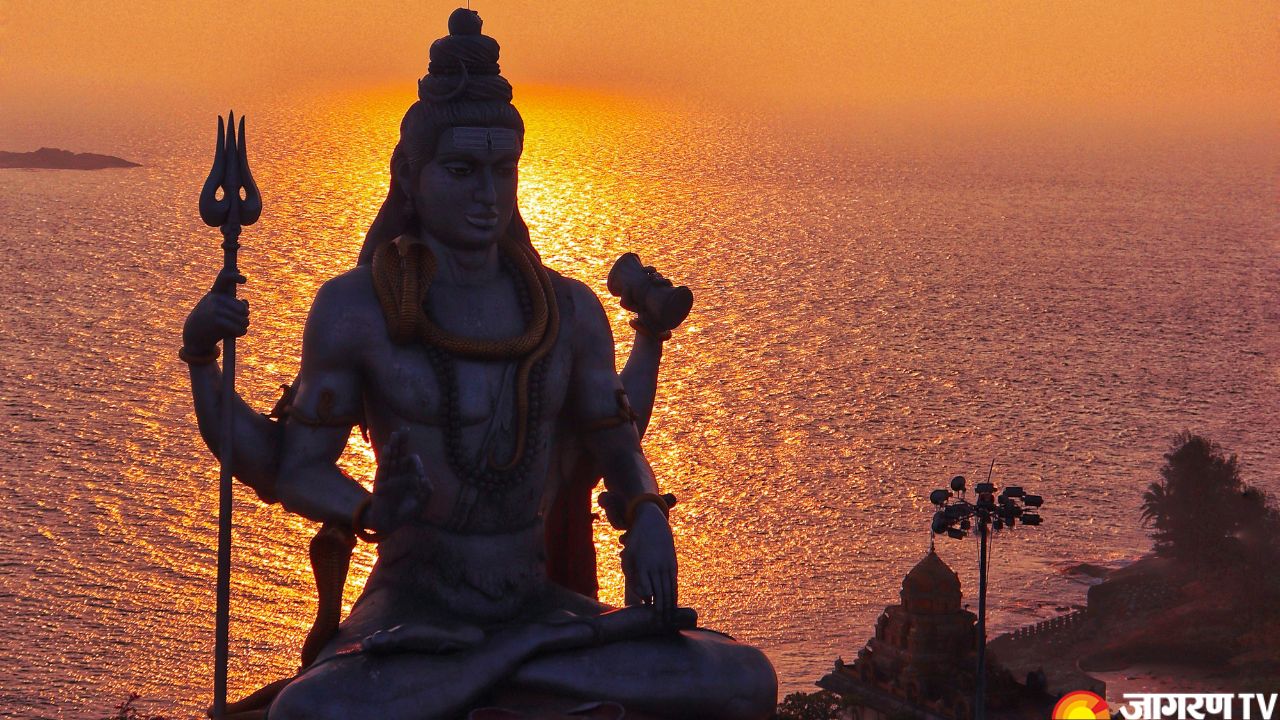Mahashivratri 2025: Myths, Mythology, and Science, Everything to Know About The Auspicious Festival

Mahashivratri 2025: Mahashivratri is one of the most important Hindu festivals dedicated to Lord Shiva, the supreme deity of transformation and destruction. This festival, held on the 14th night of the lunar month of Phalguna, is a time for intense spiritual dedication, fasting, and meditation. It is celebrated throughout India and other areas of the world. This year, Mahashivratri will be celebrated on February 26, 2025.
Mahashivratri has profound scientific, psychological, and spiritual implications that affect both the body and the mind. The event is associated with a variety of rituals, beliefs, and stories that celebrate Lord Shiva’s glory. Let us explore the deeper meaning and significance of Maha Shivratri.
Science Behind Mahashivratri
During Mahashivratri, planetary positions in the Northern Hemisphere create a natural surge of energy in the human system. Keeping the spine erect when meditating and chanting allows devotees to receive cosmic energy more efficiently. Fasting during Mahashivratri detoxifies the body, improves metabolism, and boosts immunity. Many followers eat only light, sattvic foods or perform without water fast to cleanse their digestive systems. Furthermore, repeating mantras like “Om Namah Shivaya” and meditating have been said to synchronize brainwaves, resulting in deep relaxation and increased awareness.
Psychological Significance of Mahashivratri
Lord Shiva represents destruction and rebirth, which, in a psychological sense, implies letting go of old negativity and welcoming new opportunities. This day invites people to reflect on their actions, reform their inner selves, and go forward with a new perspective. Fasting and meditation help in cleansing not only the body but also the psyche, resulting in increased mental clarity and emotional balance. Devotees emphasize Shiva’s characteristics, such as detachment and calmness, which promote inner peace. The myths of Lord Shiva eliminating evil powers represent victory over fear, ignorance, and pride.
Mahashivratri Spiritual Significance
Mahashivratri is considered a highly religious night for spiritual awakening. It is thought to depict the cosmic marriage of Lord Shiva and Goddess Parvati, the fusion of masculine (Shiva) and feminine (Shakti) forces. This balance also relates to the internal balance of each human. Mahashivratri is a festival where people seek enlightenment through nightly worship, meditation, and self-discipline. Staying awake all night is symbolic of waking one’s consciousness and progressing toward self-realization. Devotees believe that genuine prayers and worship on this night can help them break away from the cycle of birth and death and achieve moksha.
Mahashivratri Rituals
Mahashivratri is celebrated through a variety of religious rituals. Fasting is an important practice in which devotees restrict themselves from eating grains and consume fruits, milk, or water, while others observe a total waterless fast (nirjala vrat). This fast is thought to cleanse the body and improve spiritual development. Devotees offer Bel leaves, water, milk, honey, and ghee to the Shiva Linga as symbols of purity and devotion. Chanting the “Om Namah Shivaya” mantra all night is a popular practice that evokes Lord Shiva’s energies and blessings.
Rudra Abhishek is a special ritual that involves reciting Vedic hymns and offering sacred items to the deity. Many devotees observe Jagran by remaining awake all night, singing bhajans, and meditating to keep their spiritual awareness active. Visiting Shiva temples, particularly the 12 Jyotirlingas, is considered very auspicious, with lakhs of devotees praying for heavenly blessings.
Stories Related to Mahashivratri
Mahashivratri is related with various legendary stories. According to one of the most well-known stories, Mahashivratri celebrates Lord Shiva and Goddess Parvati’s wedding. It represents the eternal merger of mind (Shiva) and energy (Shakti), which restores balance to the universe.
Another well-known mythology is the narrative of Neelkanth, in which Lord Shiva drank the deadly poison (halahala) that emerged from the churning of the ocean (Samudra Manthan), saving the universe. The poison dyed his throat blue, and Mahashivratri is celebrated as a memorial to his selflessness. Another famous mythology is Shiva’s Cosmic Dance (Tandava), in which he performed the Ananda Tandava (Dance of Bliss) on this night, signifying the never-ending cycle of creation, preservation, and destruction.









